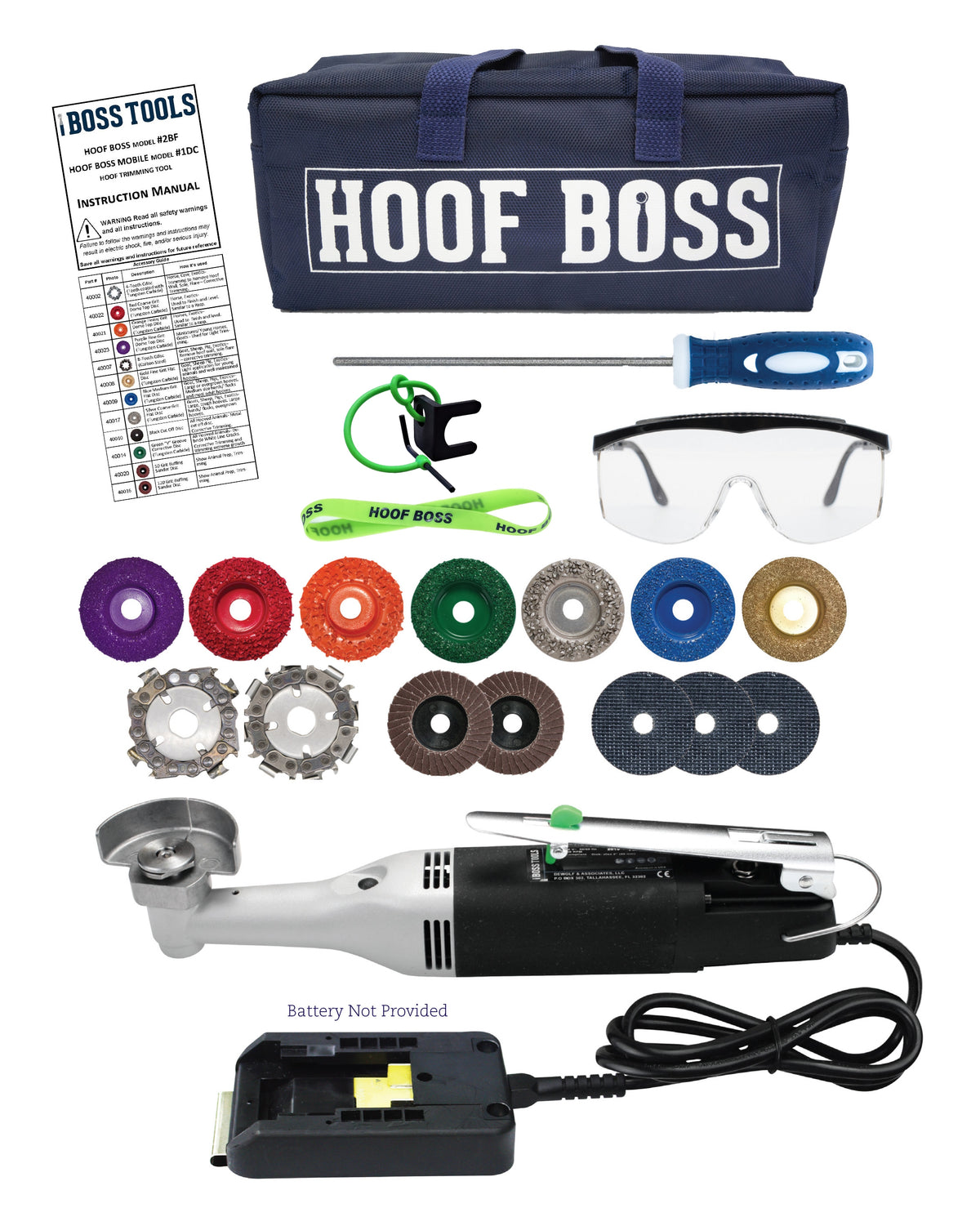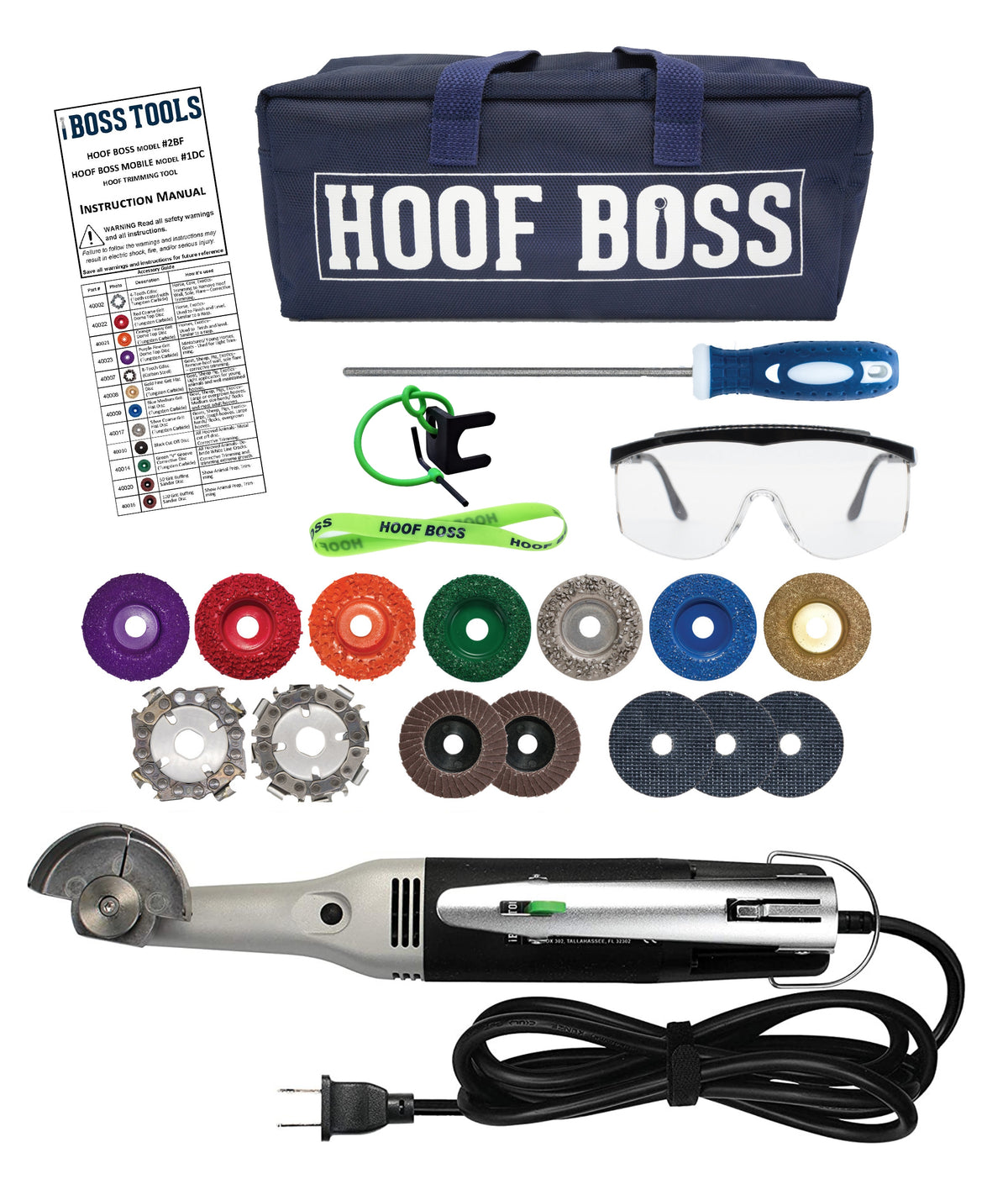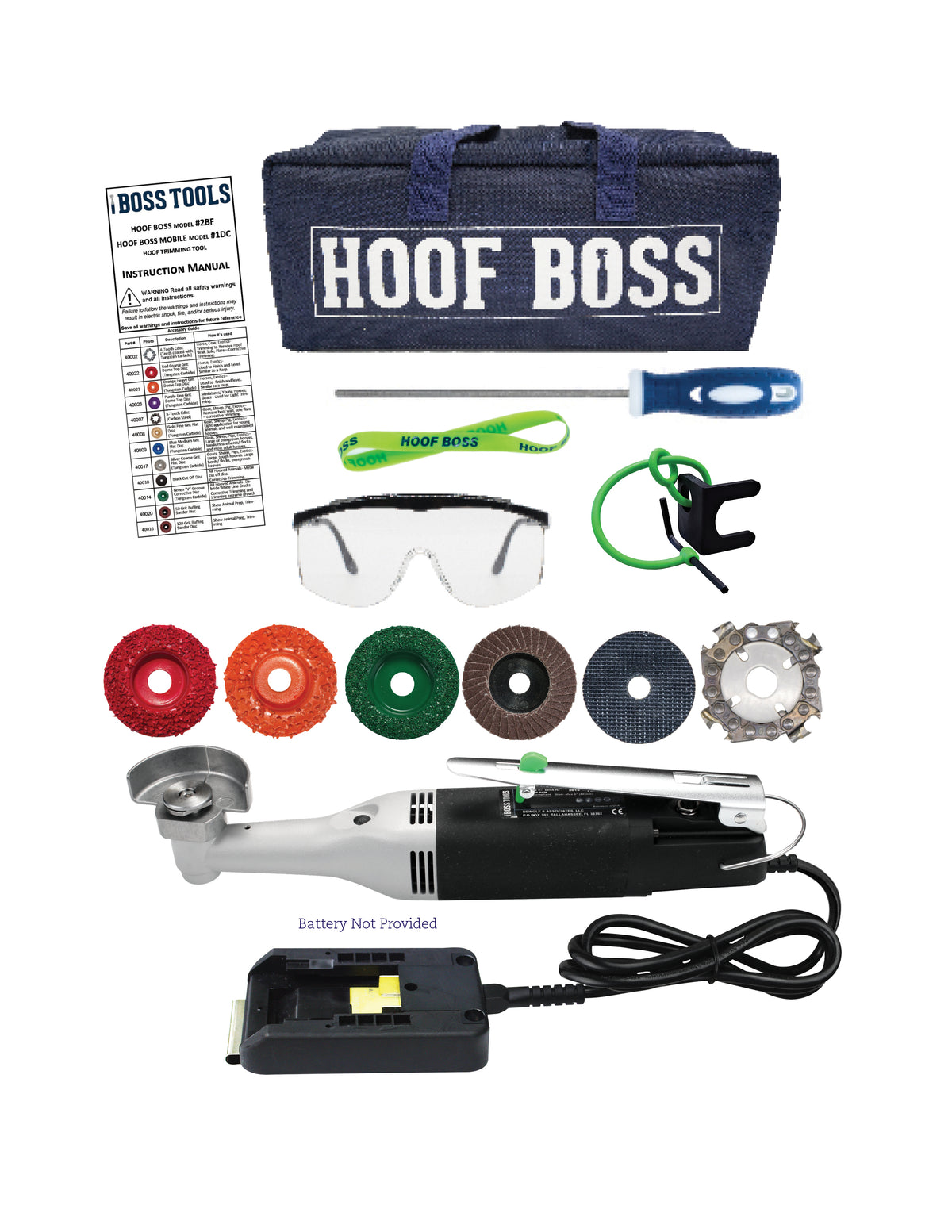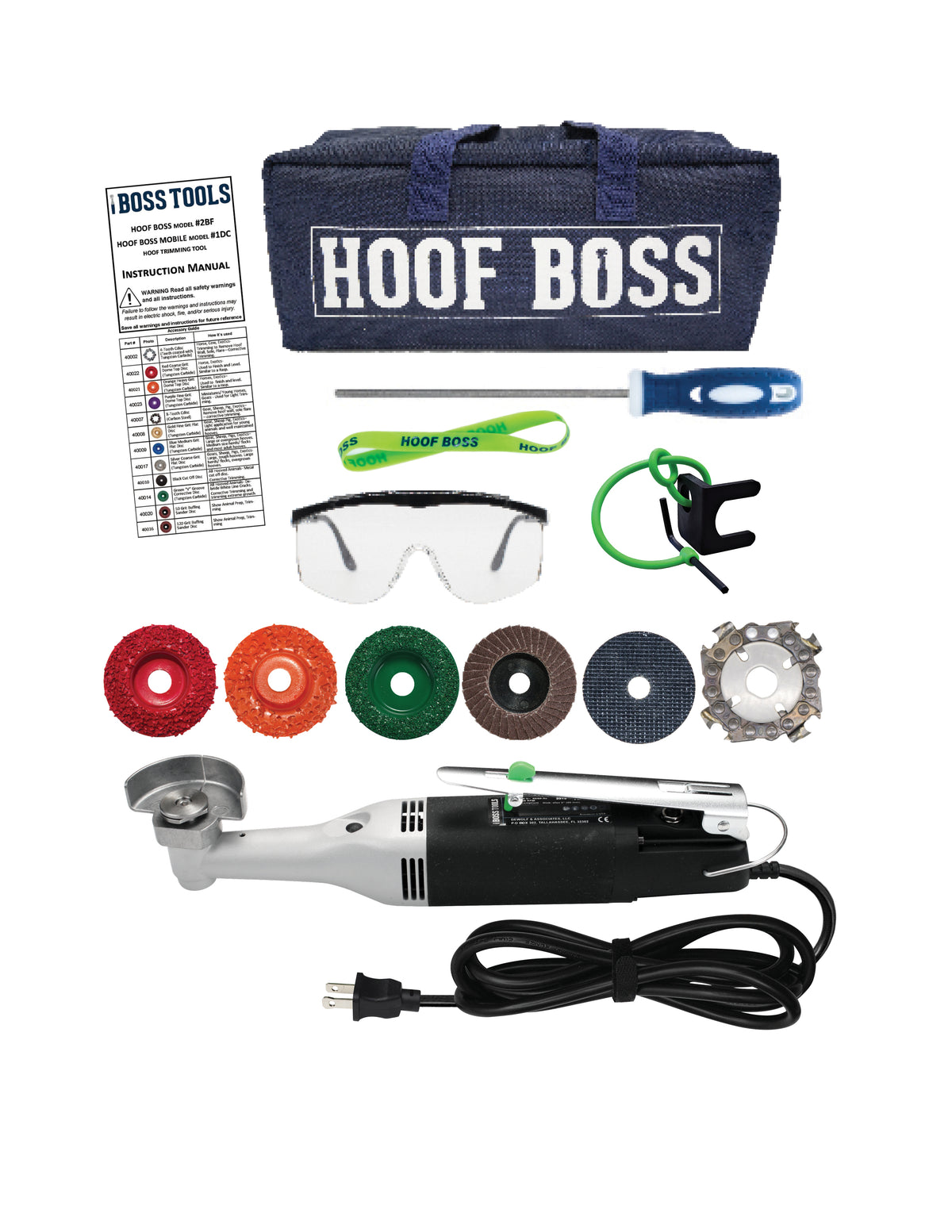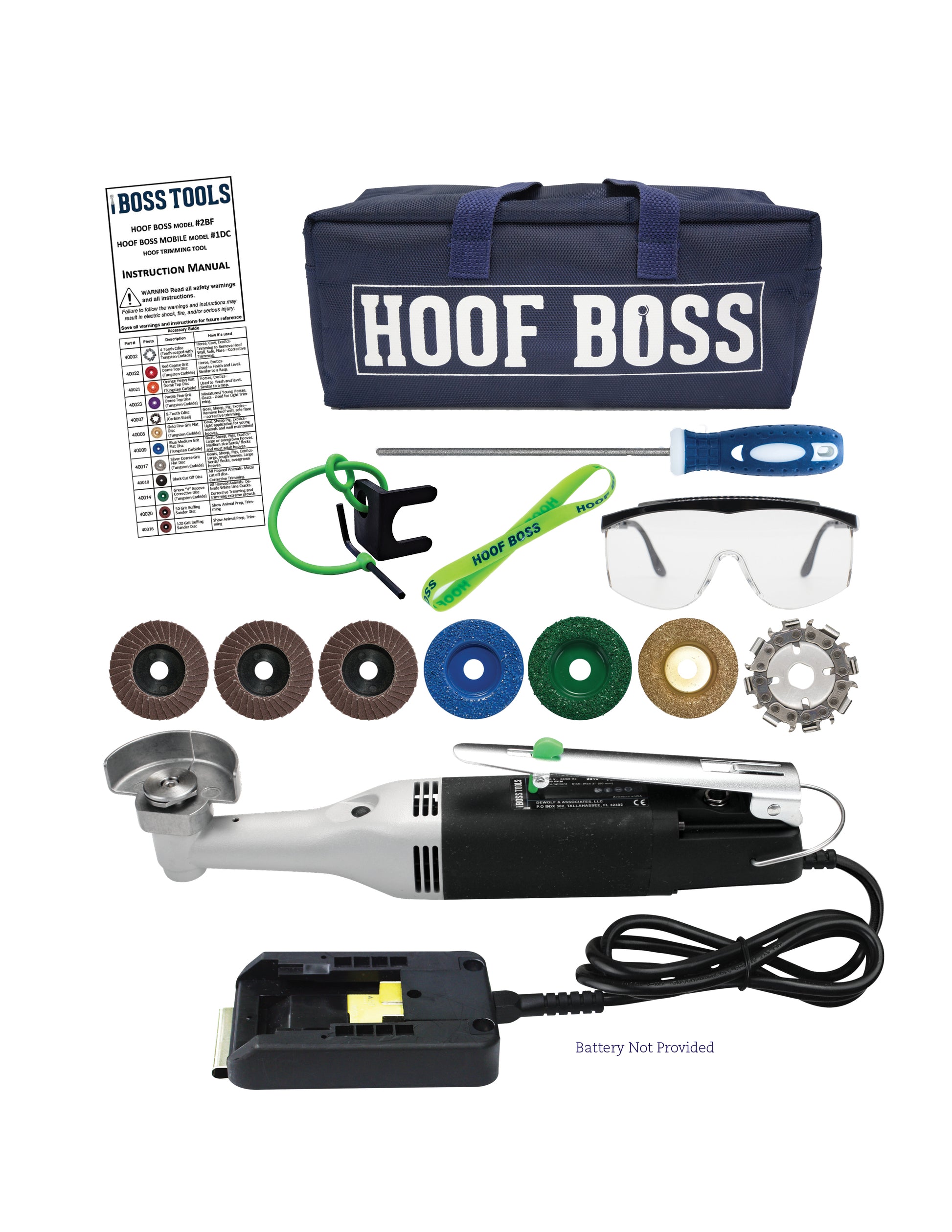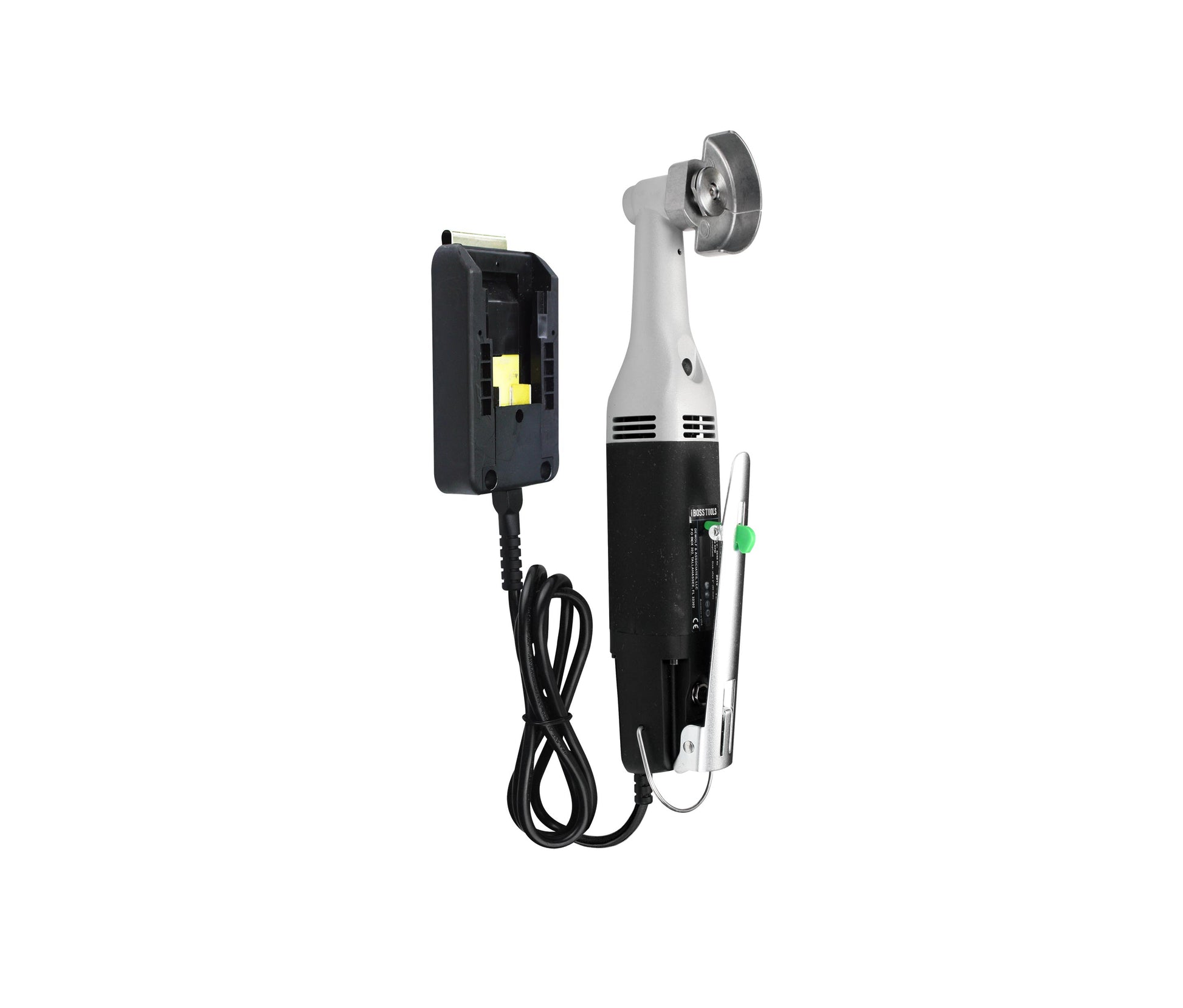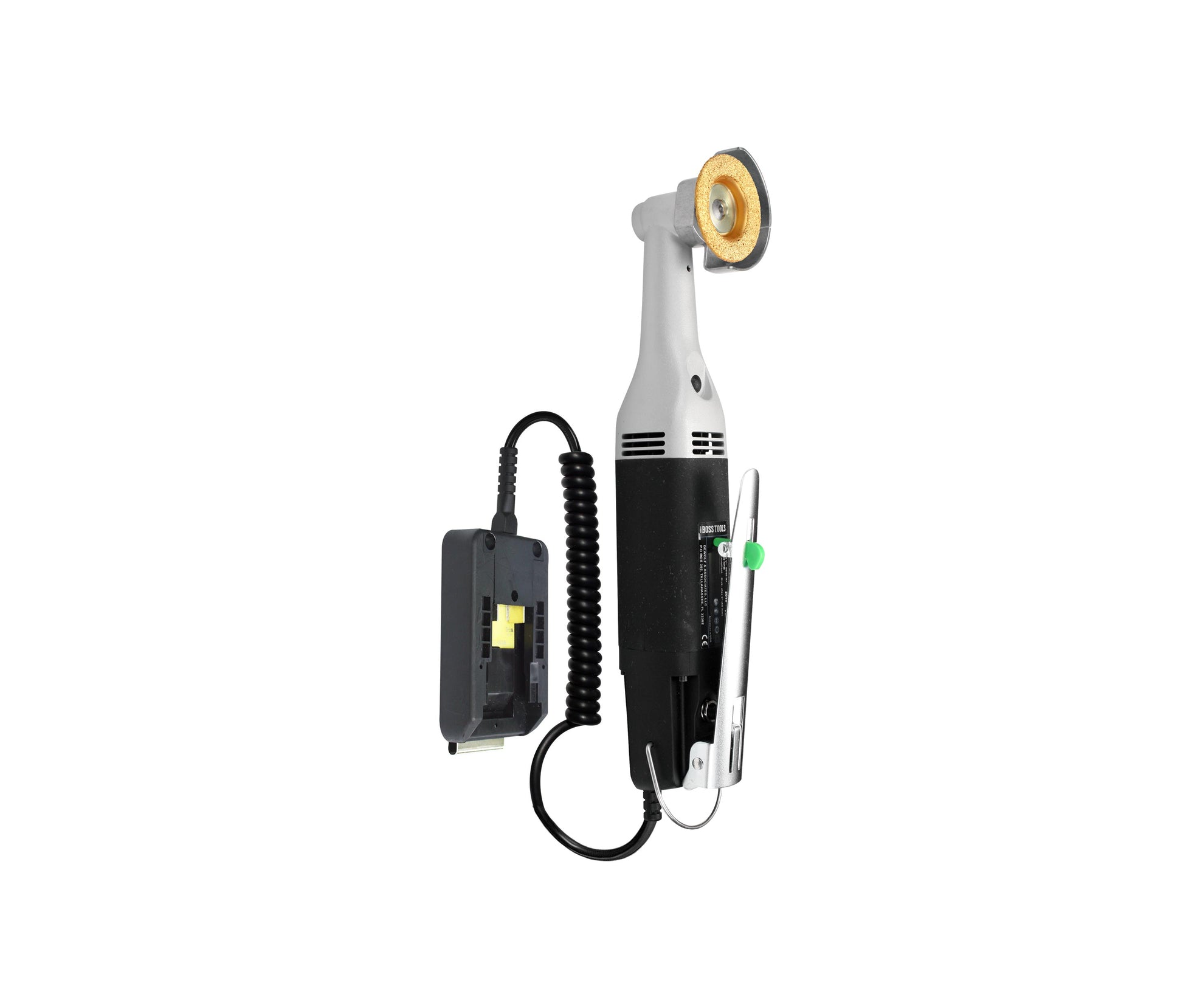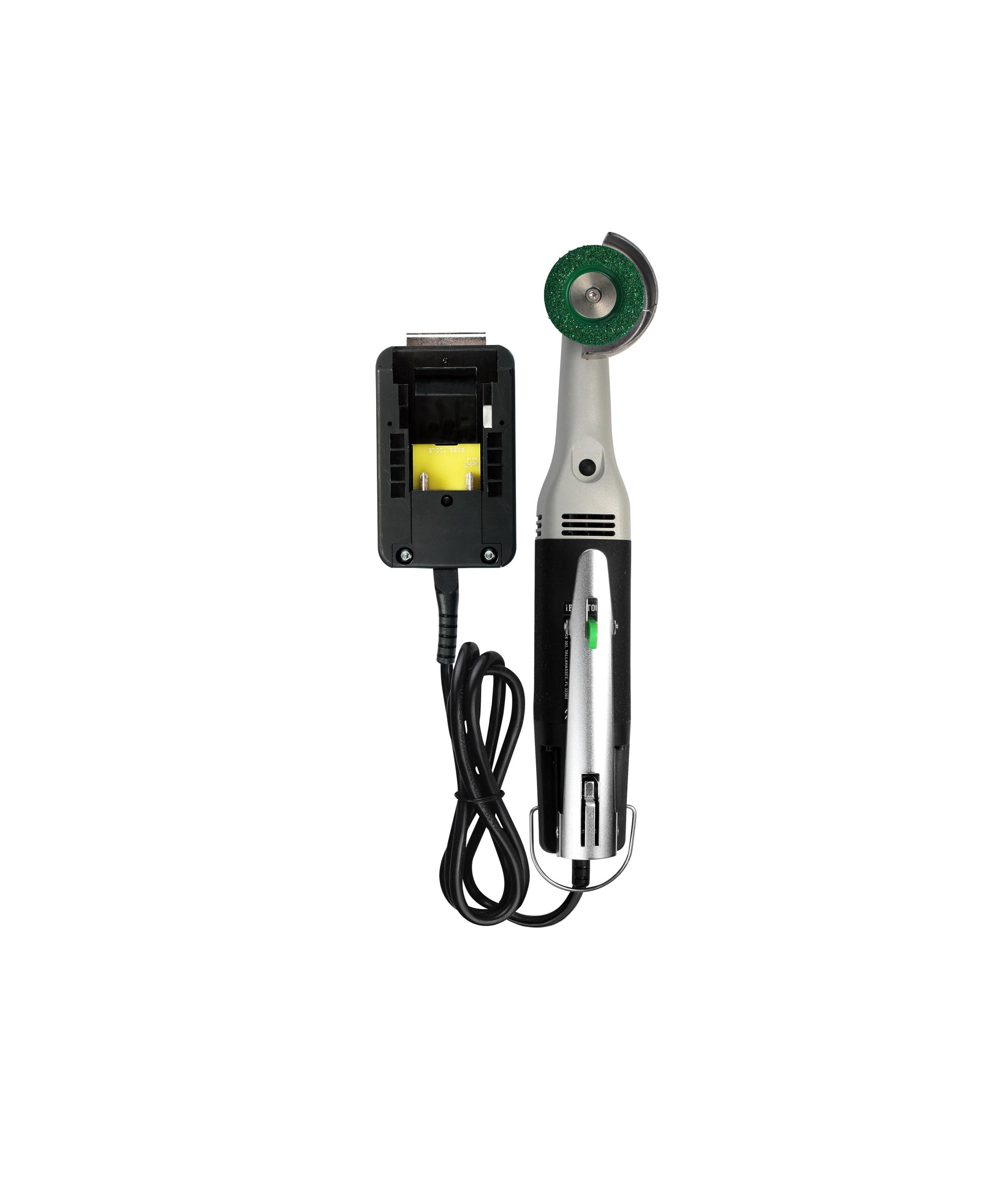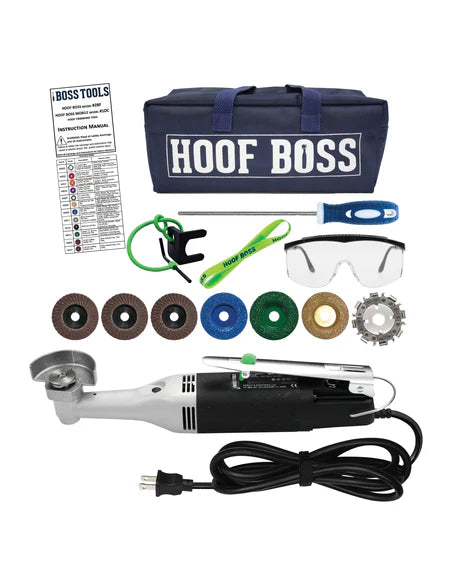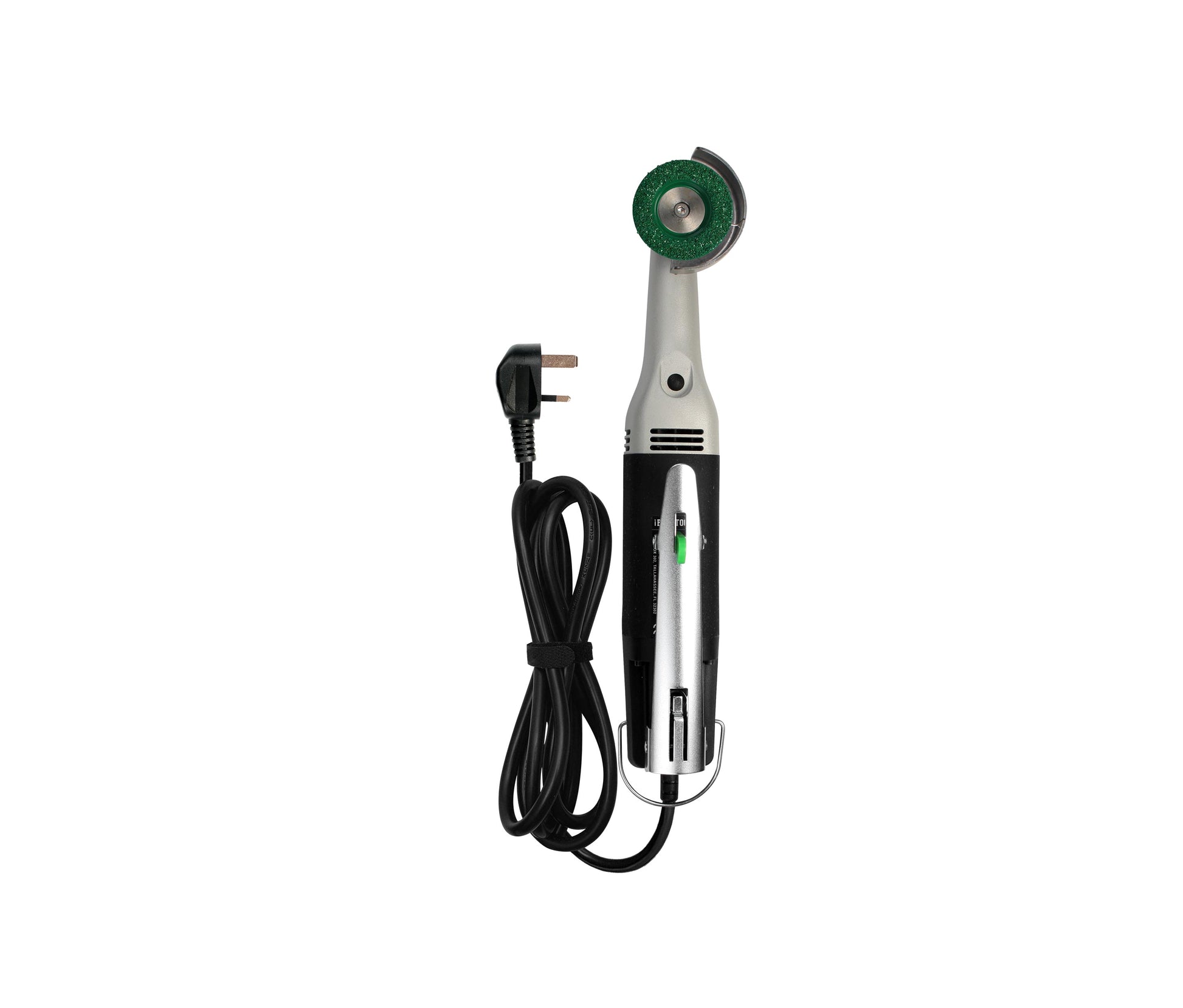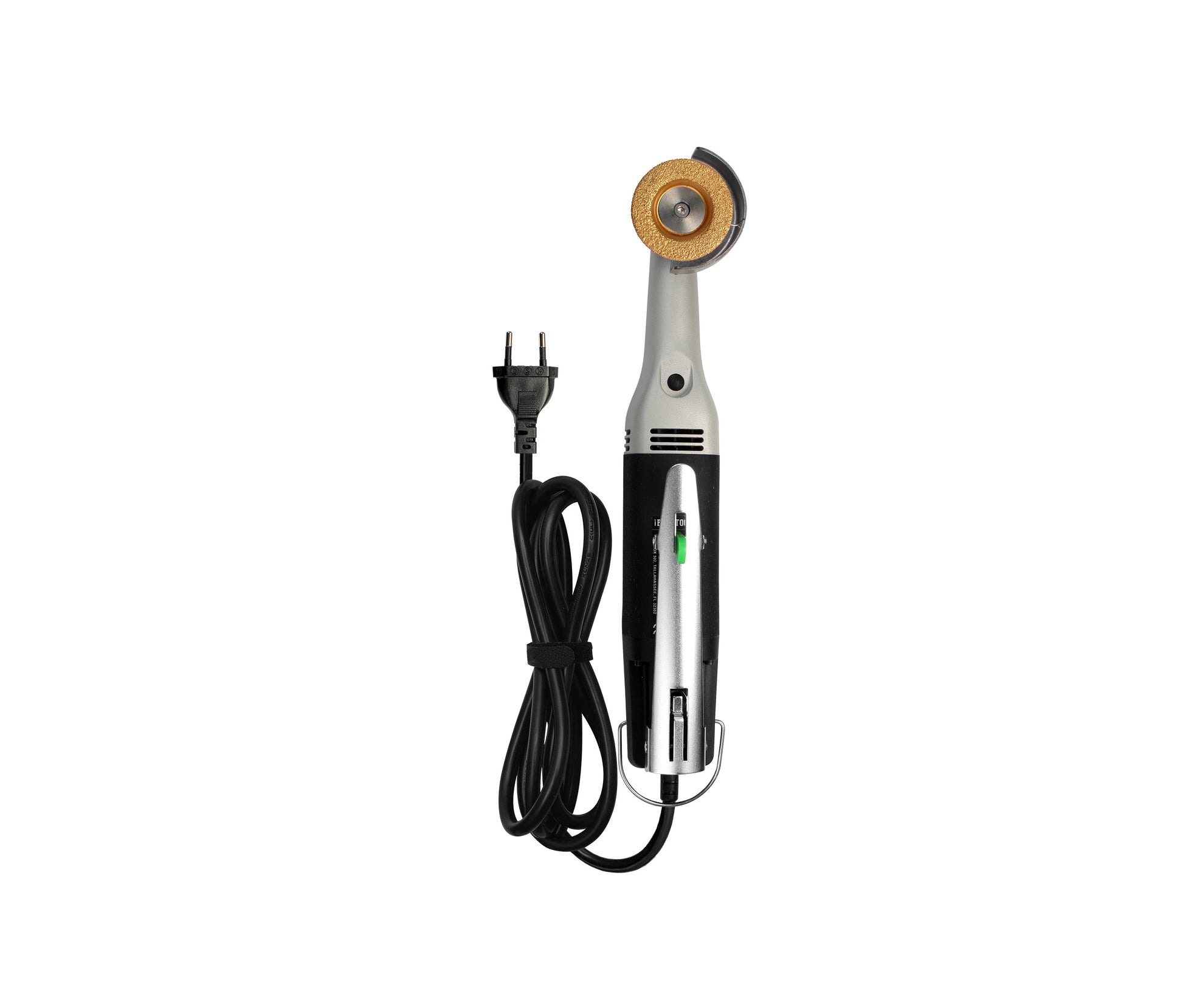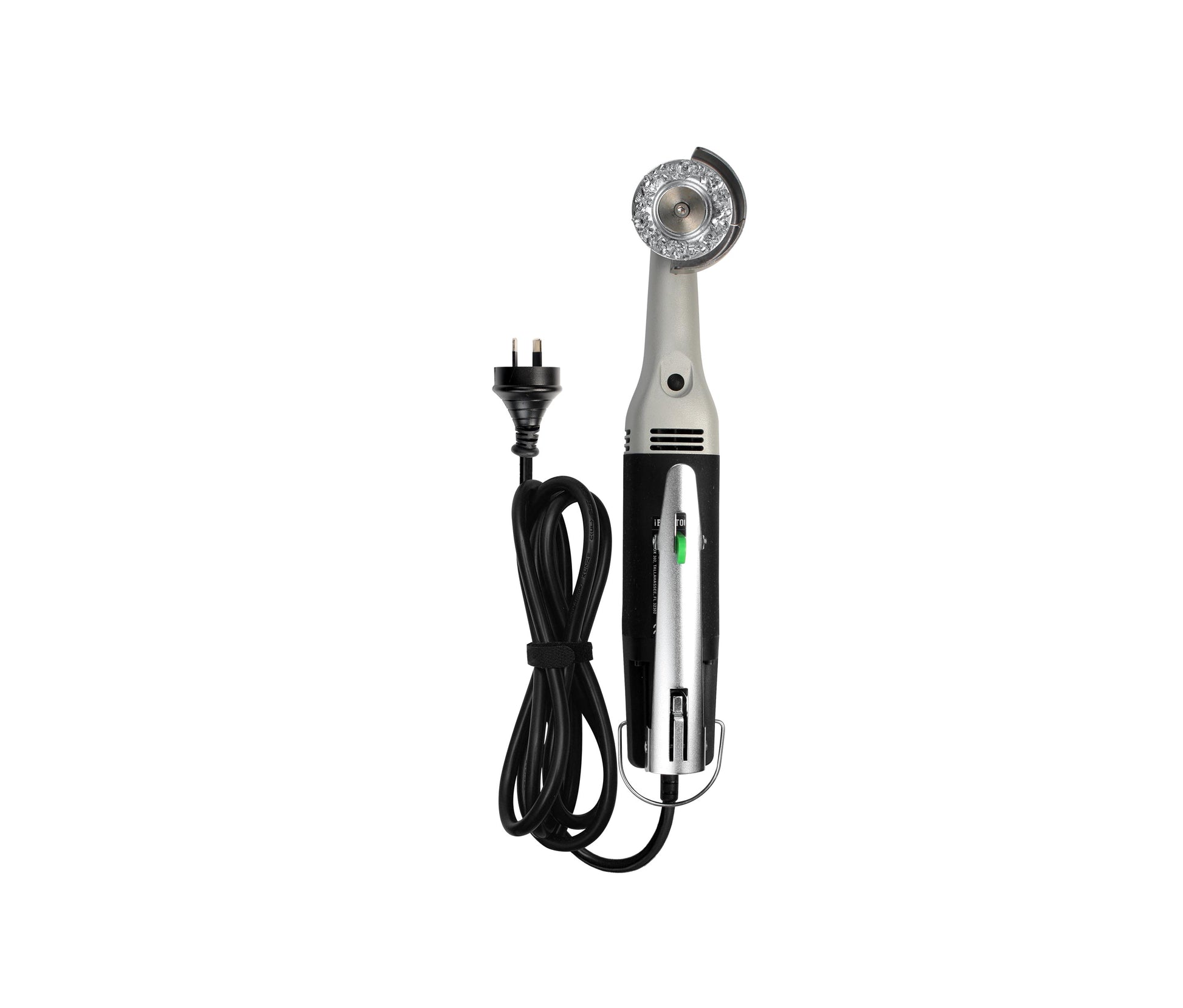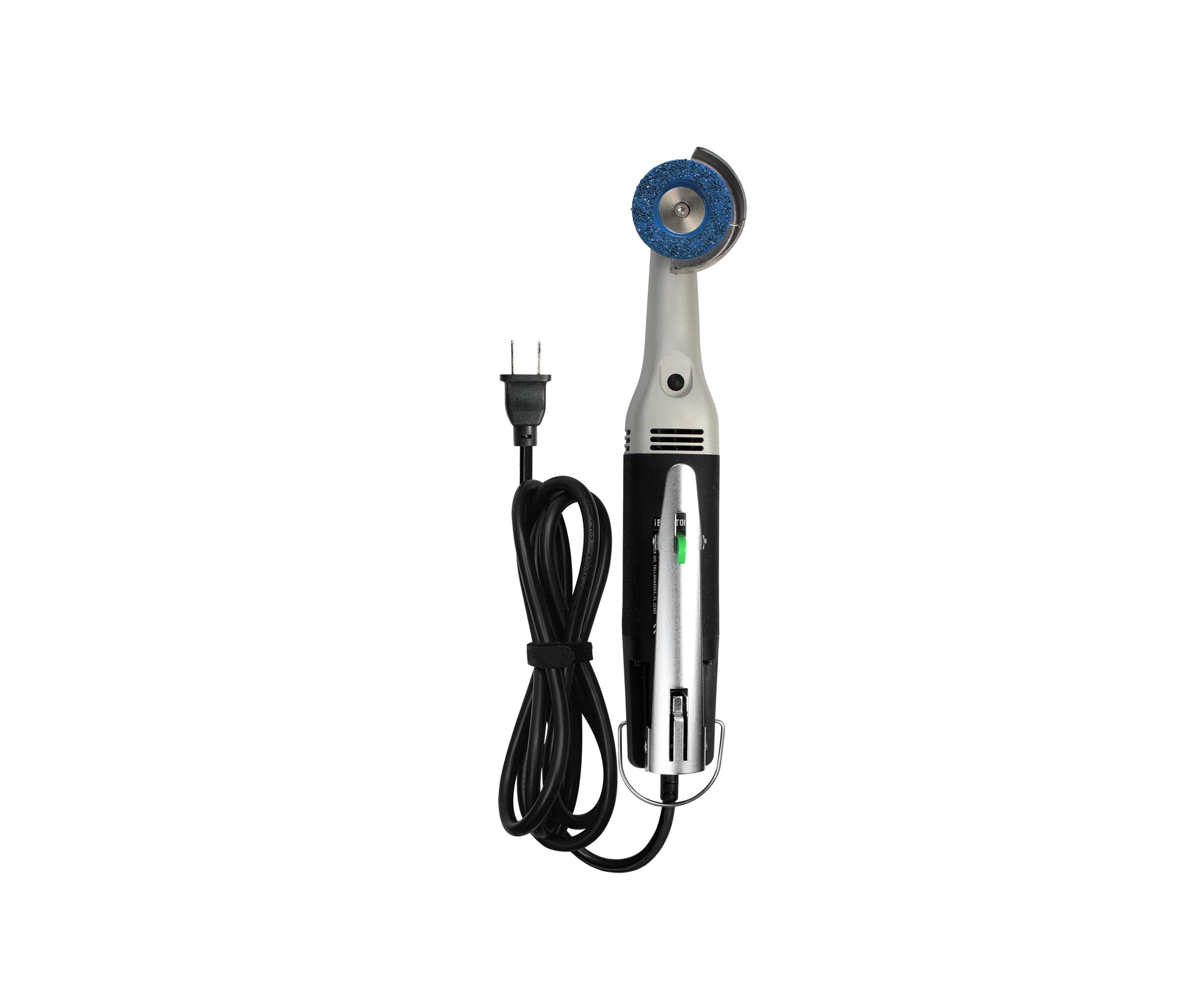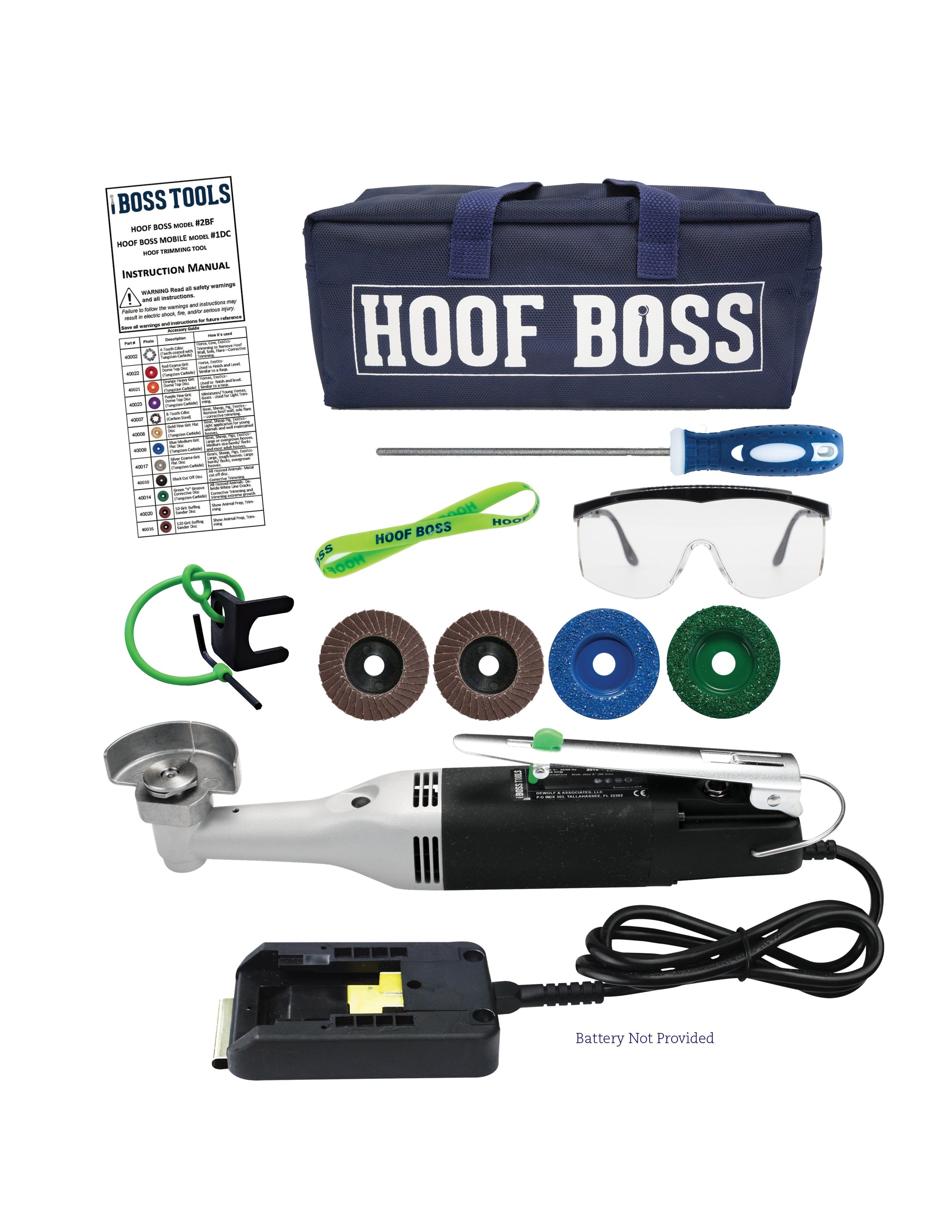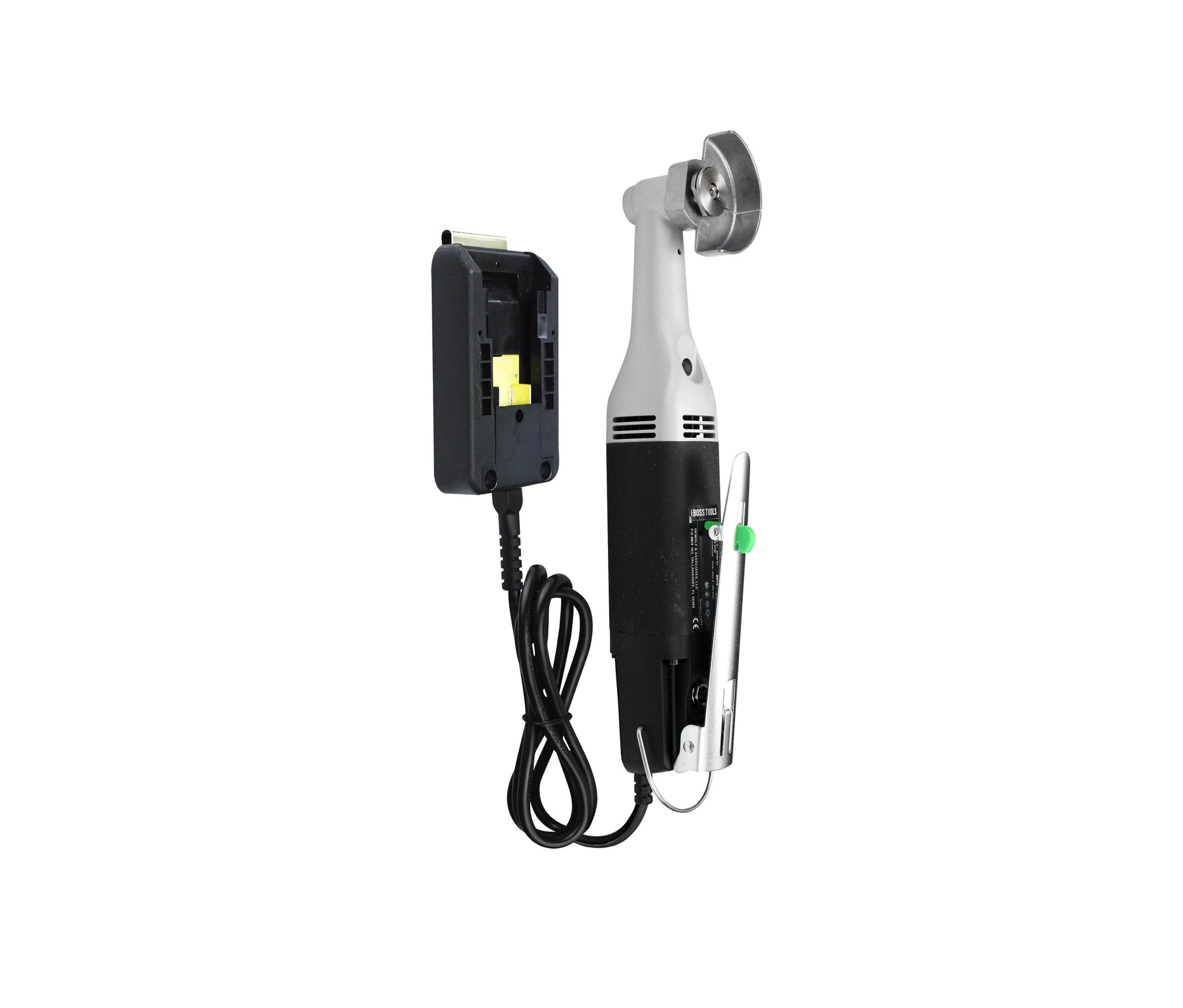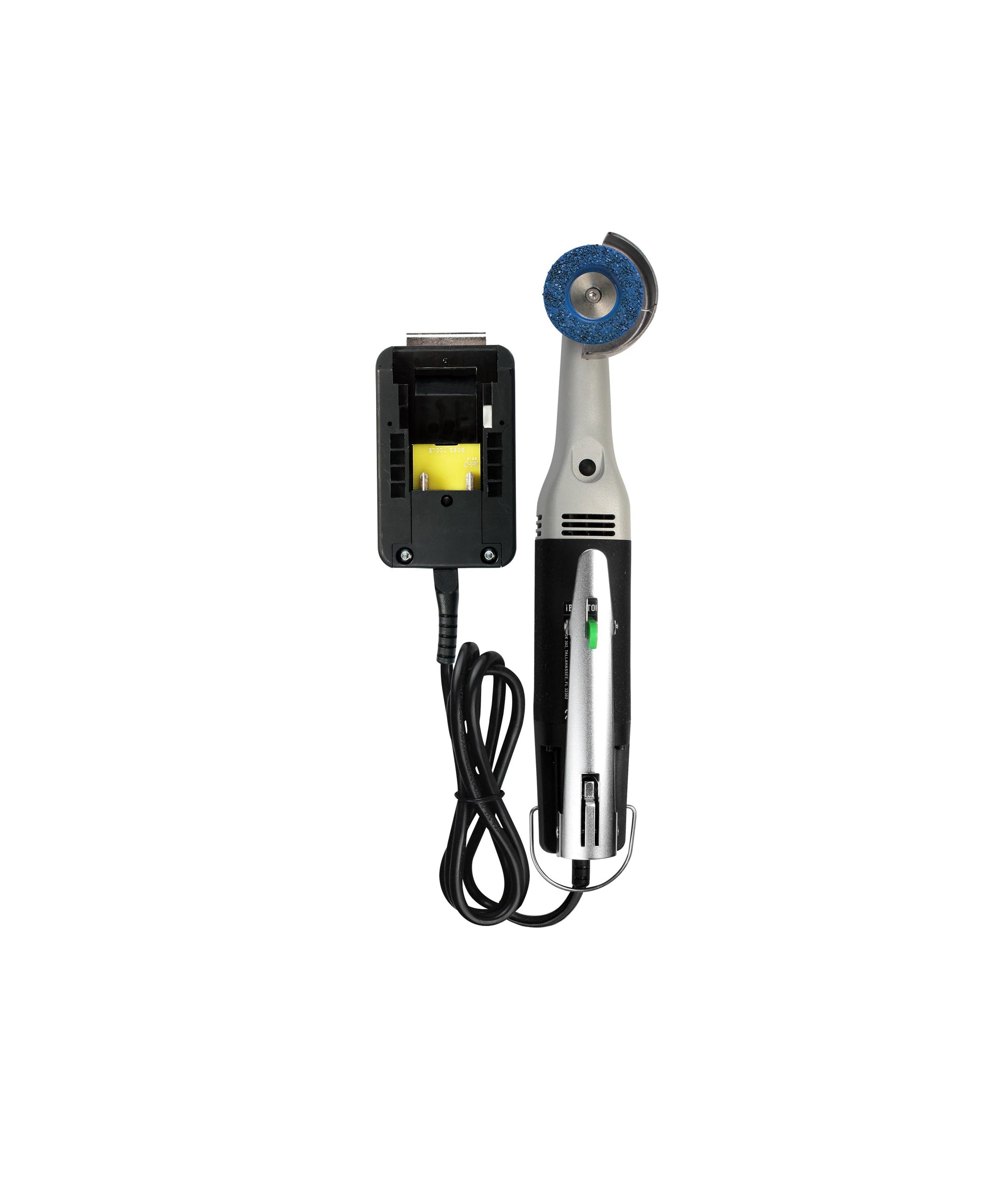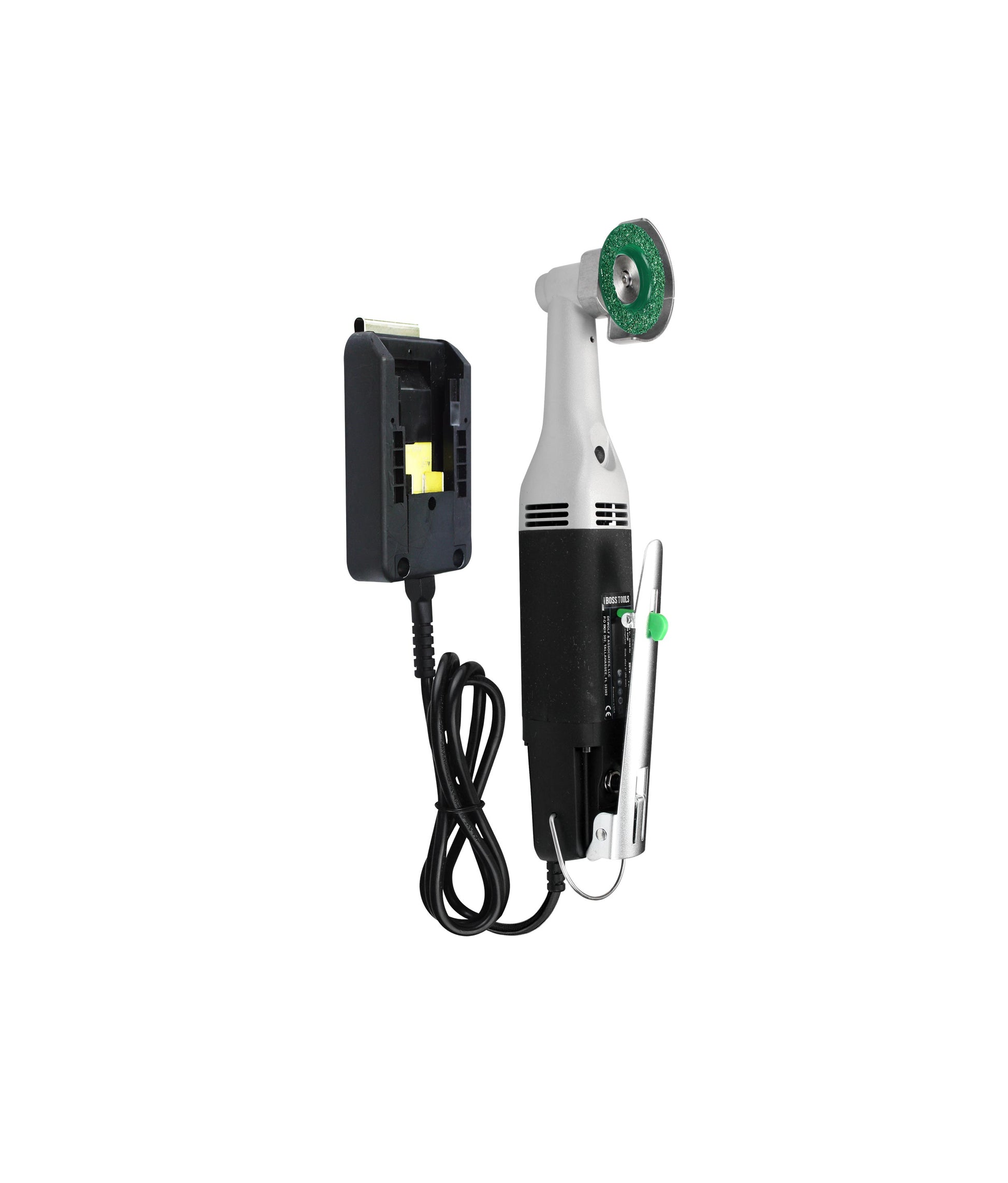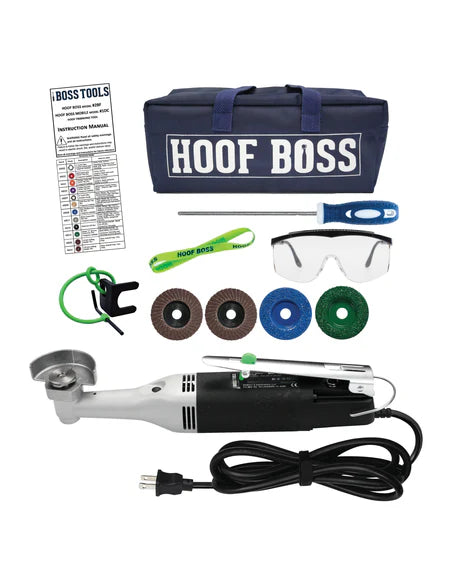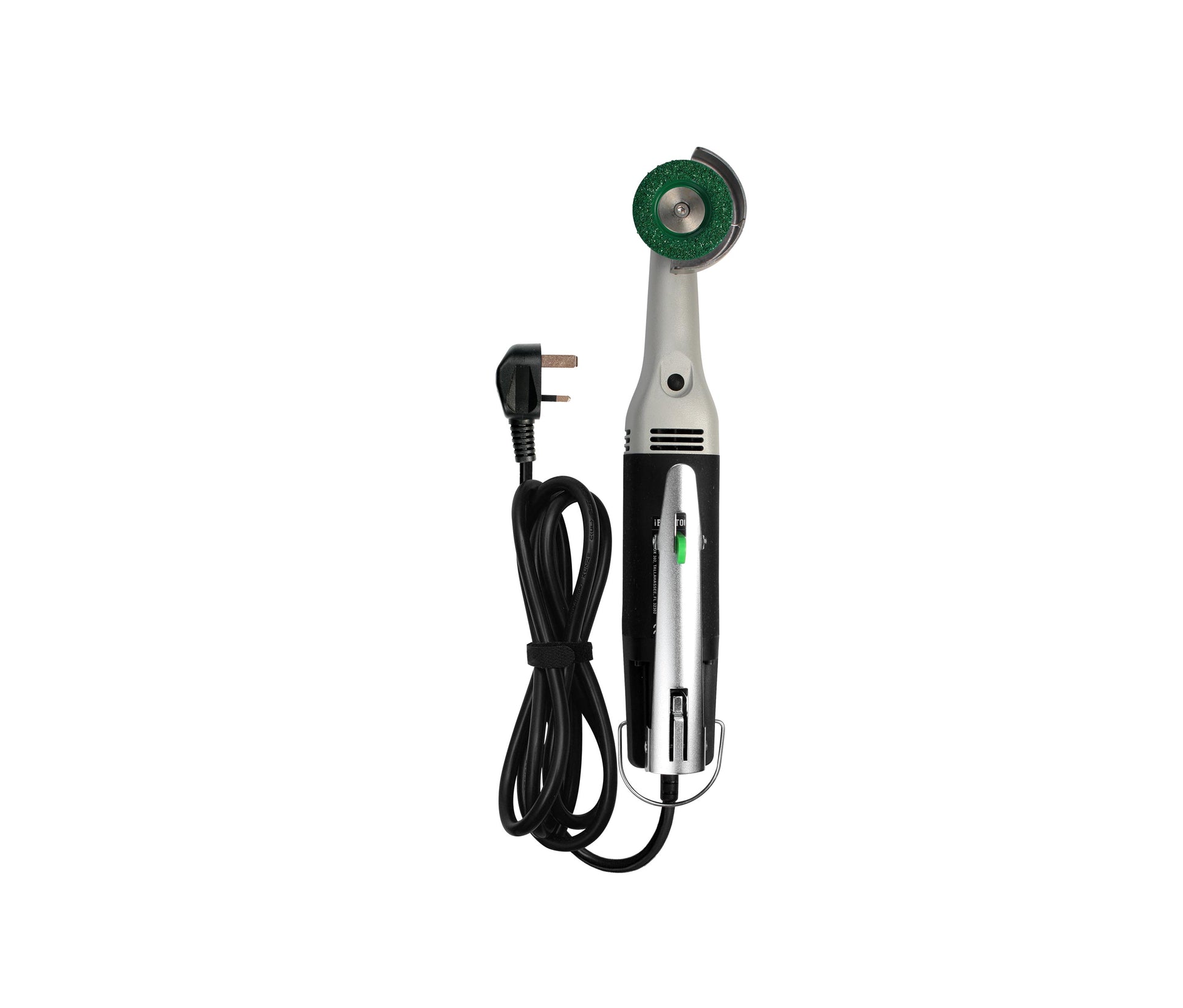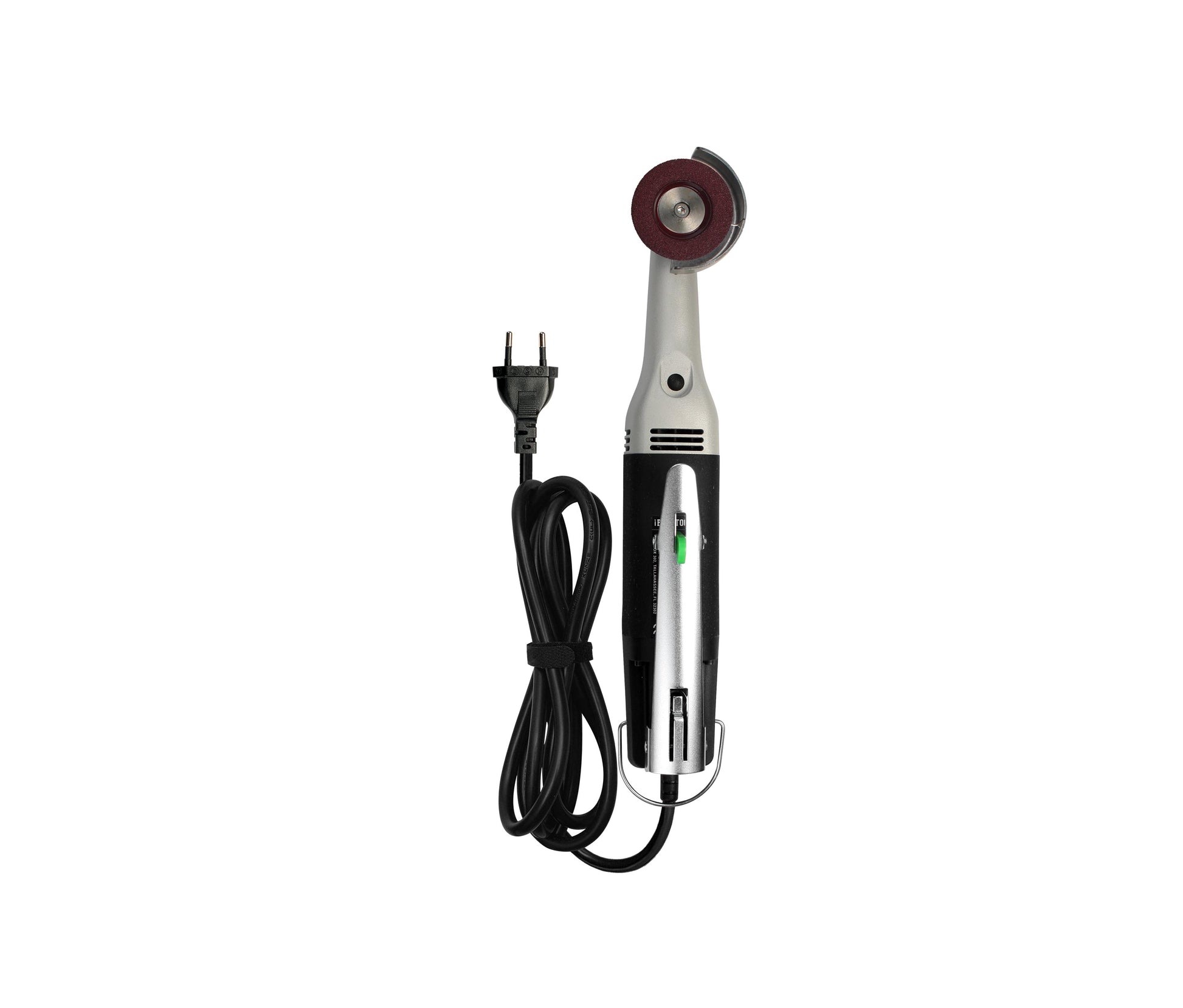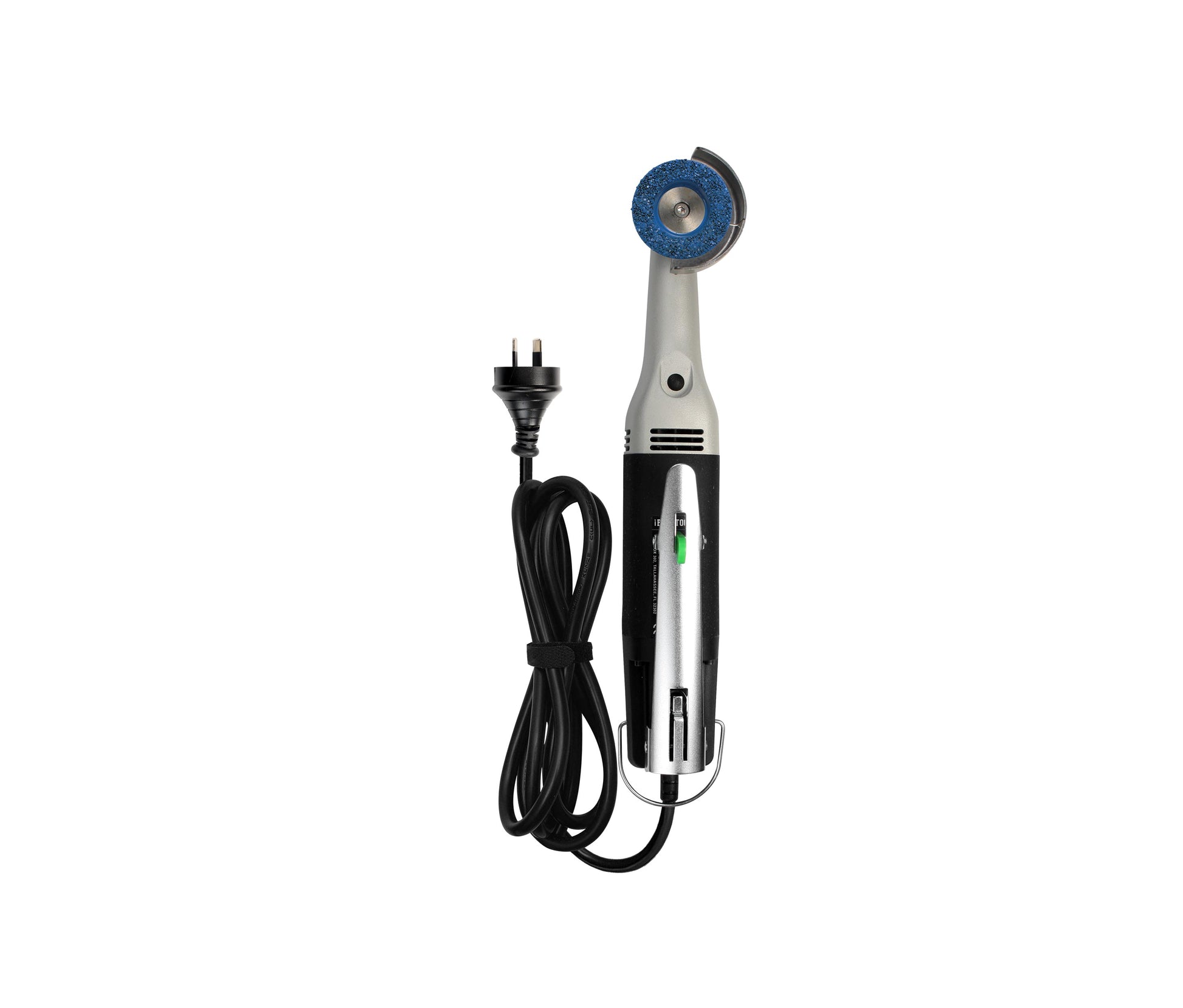How to Trim Pig Hooves: A Comprehensive Guide
Maintaining your pigs’ hooves is essential for health, mobility, and overall well-being. Overgrown hooves can cause pain, lameness, and difficulty walking, leading to reduced productivity and potential veterinary costs. While hoof trimming is often overlooked in pig care, it’s a necessary routine to ensure your animals stay comfortable and healthy.
This guide will walk you through the step-by-step process of trimming pig hooves and explain why using Hoof Boss tools makes the job easier, safer, and more efficient.
The Importance of Regular Hoof Trimming
Pigs naturally wear down their hooves through activity, but in confined environments, hooves may overgrow, leading to:
- Lameness & Joint Strain – Uneven hooves cause pain and difficulty walking.
- Infections & Cracks – Long hooves trap dirt and bacteria, increasing the risk of hoof rot and abscesses.
- Reduced Mobility & Productivity – If pigs struggle to move, they may eat less, exercise less, and show reduced growth rates.
To prevent these issues, trimming should be part of routine pig care—just like proper nutrition and hygiene.
Step-by-Step Guide to Trimming Pig Hooves
Step 1: Gather Your Tools
Having the right equipment makes hoof trimming safer and more effective. Here’s what you’ll need:
✅ Hoof Boss Electric Trimmer – Designed for effortless, precise trimming without the strain of manual tools.
✅ Hoof Pick – Removes dirt and debris before trimming.
✅ Rasp or Fine-Grit Disc – Helps smooth the hoof after trimming.
✅ Hog Snare or Restraint System – Keeps the pig stable and prevents sudden movement.
🔹 Why Use Hoof Boss? The Hoof Boss Electric Trimmer is the best tool for trimming pig hooves because it provides control, speed, and precision, reducing stress for both you and the animal.
Step 2: Secure the Pig
- Use a Hog Snare or Restraint – Keeping the pig secure minimizes movement and stress during trimming.
- Sedate If Necessary – For highly anxious pigs, consult a vet about mild sedation options to ensure a calm trimming process.
Step 3: Inspect the Hooves
Before trimming, check for:
- Overgrowth or Curling – Hooves that have extended too far or curled inward need trimming.
- Cracks or Infections – Look for signs of hoof rot, such as soft areas, foul odors, or discoloration.
If you notice severe hoof damage or infection, consult a veterinarian before trimming.
Step 4: Trim the Hooves with Hoof Boss
Start with the Overgrown Areas
- Use the coarse-grit disc on the Hoof Boss to gradually remove excess hoof growth.
- Trim in layers, taking small sections to avoid cutting too deep.
Balance the Hoof
- Use the medium-grit disc to level the hoof wall and heels, ensuring even pressure distribution.
- Do not cut too short—leave the hoof at a natural length to support the pig’s weight properly.
Smooth & Finish
- Use a fine-grit disc or rasp to smooth rough edges, preventing cracks and splits.
🔹 Tip: If the hooves are severely overgrown, trim gradually over multiple sessions to avoid discomfort.
Why Choose Hoof Boss for Pig Hoof Trimming?
✅ Ease of Use – No need for manual effort—the Hoof Boss does the work for you.
✅ Faster Trimming – Save time with an efficient electric trimmer.
✅ Safe & Precise – Reduce the risk of over-trimming or injuring the hoof.
✅ Durable & Reliable – Designed for long-term farm use, ensuring consistent performance.
Final Thoughts
Trimming pig hooves is a vital part of livestock care, preventing injuries, infections, and mobility issues. By following a routine trimming schedule and using the right tools, you can ensure your pigs stay healthy, active, and productive.
With the Hoof Boss Electric Trimmer, you can make hoof trimming stress-free, efficient, and safer—for both you and your pigs!
✅ Invest in the right tools today and keep your pigs in top condition!
